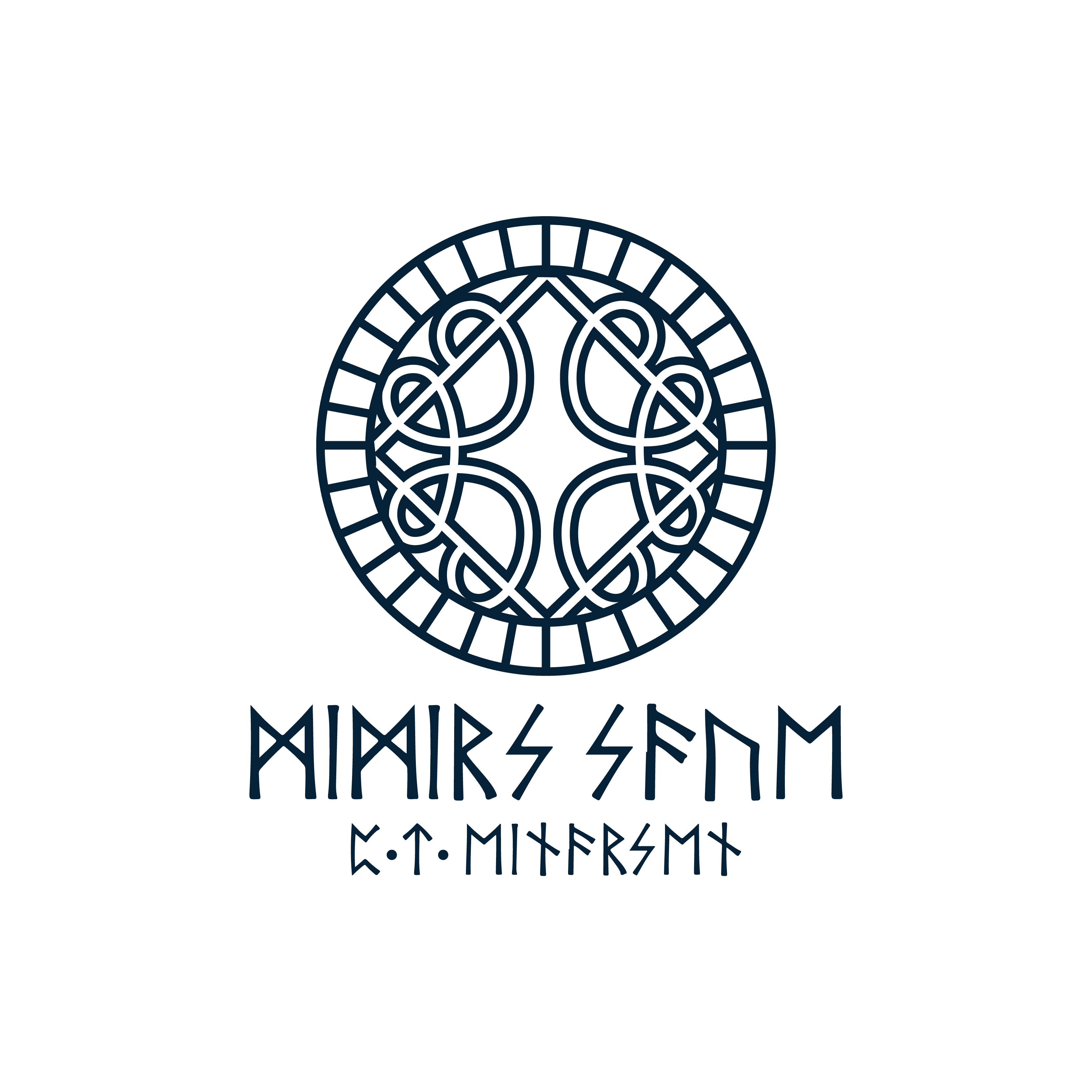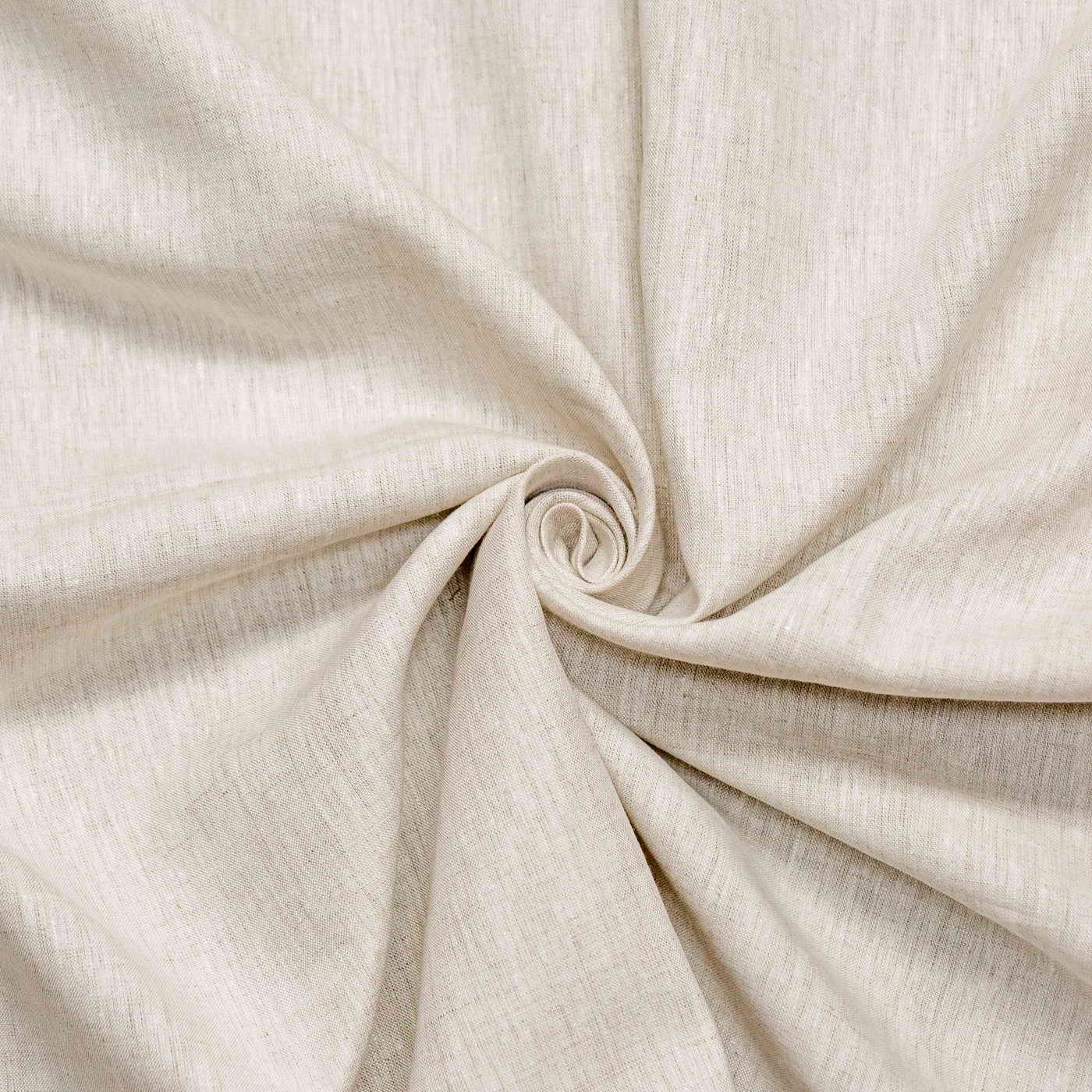Garment Care Guide
Here we provide you with the knowledge to maintain and preserve the beauty of your historical garments. Our guide is designed to help you care for your pieces using methods that respect both the historical craftsmanship and the environment.
Fabric-Specific Care Instructions
Linen:
- Wash in cool to lukewarm water with mild soap.
- Avoid wringing; gently squeeze out water.
- Air dry flat or on a padded hanger.
- Iron while slightly damp for best results.
Wool:
- Spot clean to minimize washing.
- Use cool water and wool-specific detergent when washing.
- Press out water gently, do not wring.
- Dry flat away from heat or sunlight.
Silk:
- Hand wash in cool water with gentle detergent.
- Roll in a towel to remove excess water.
- Dry flat in shade.
- Iron on low heat with a pressing cloth.
Plant-Dyed Fabrics:
- Wash separately in cool water with pH-neutral detergents.
- Avoid prolonged sun exposure.
- Iron on the reverse side if needed.
Traditional Cleaning Methods
- Airing: Freshen garments by hanging them outside on a breezy day.
- Spot Cleaning: Use gentle soap and water for specific stains.
- Brushing: Use a soft brush for woolen items to remove dirt.
- Herbal Sachets: Use lavender or rosemary sachets to repel moths.
Storage and Preservation Techniques
- Ensure garments are clean and dry before storing.
- Use cotton or linen bags for storage; avoid plastic.
- Fold along natural seam lines, using tissue paper for delicate items.
- Use padded hangers for heavier garments.
- Store in a cool, dry place away from sunlight.
Sustainable Practices for Longevity
- Use natural stain removers like lemon juice or vinegar.
- Mend small tears to extend garment life.
- Repurpose worn-out items into accessories.
- Use cold water washes and line drying to save energy.
Conclusion
By following these care instructions, you can ensure your handsewn historical garments remain beautiful and functional for years to come. Embrace the historical craftsmanship and sustainable practices that make our pieces truly special.


